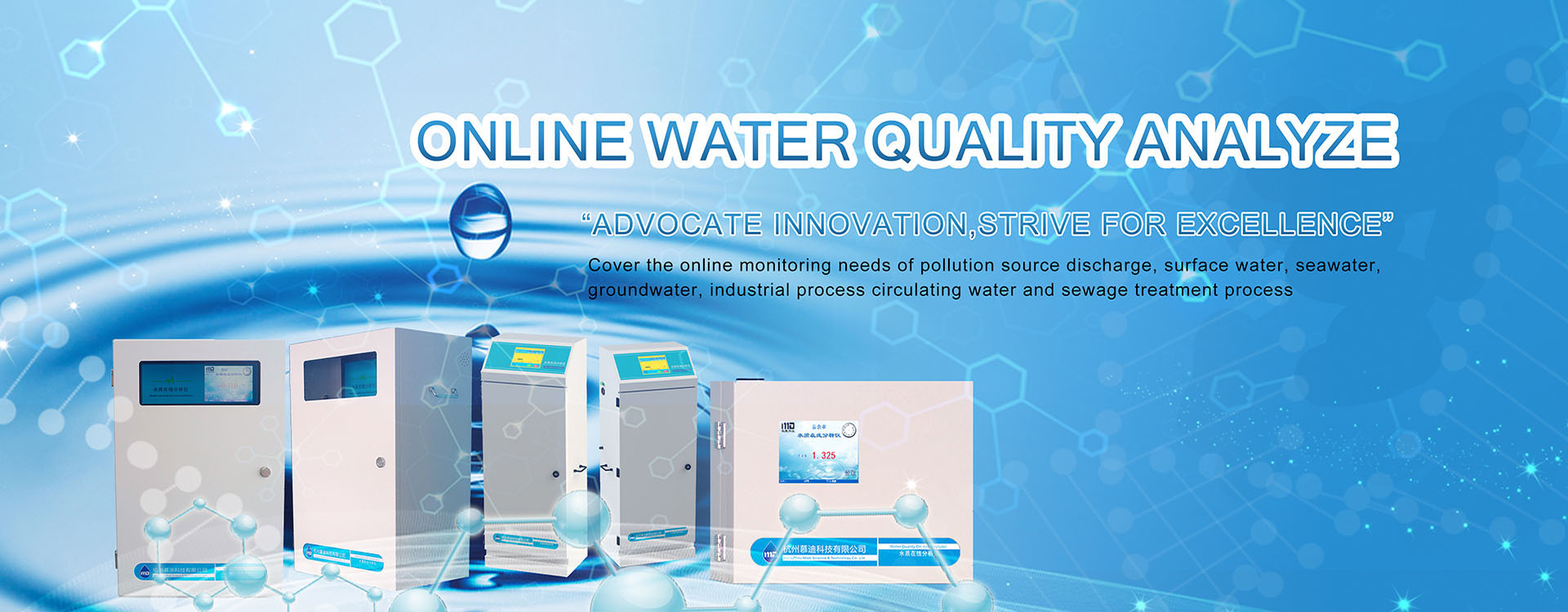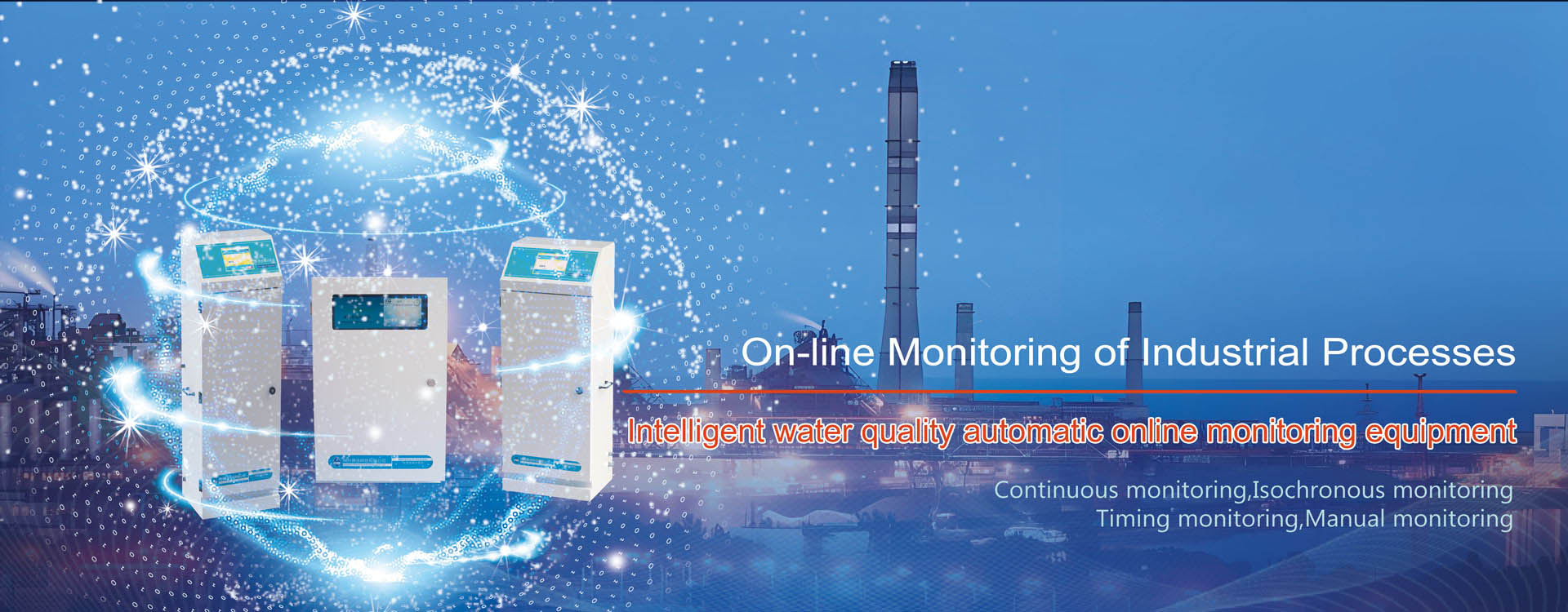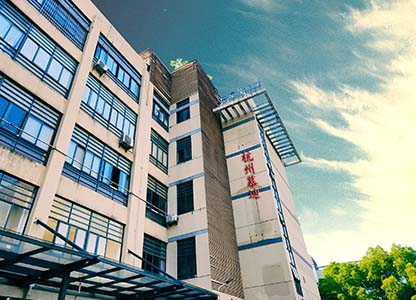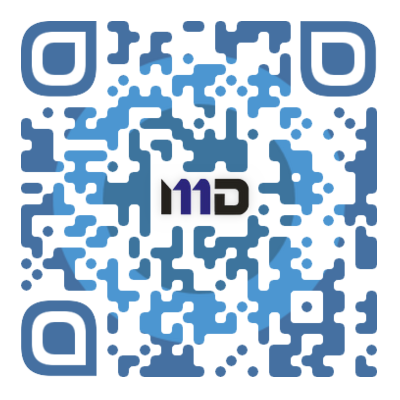Dissolved oxygen (DO) refers to the concentration of oxygen dissolved in water and is a critical indicator for aquatic life survival. For example, unexplained fish deaths in aquaculture facilities are often traced to low DO levels through water quality monitoring, biological sampling, and pollutant analysis. This highlights the importance of adhering to DO standards in aquaculture water.
Key DO Standards for Aquaculture Water
– Daily Requirements: During peak farming seasons, DO levels must remain ≥5 mg/L for at least 16 hours/day, and ≥3 mg/L at all other times.
– Growth Impacts:
– Fish/shrimp growth slows when DO drops below 4 mg/L.
– Common fish species (e.g., carp) begin surfacing for oxygen at 1 mg/L.
– High-value species (e.g., shrimp, crab) show stress at 2 mg/L.
– High-Density Farming Risks: Low DO exacerbates toxic substances like ammonia, hydrogen sulfide, and heavy metals, leading to chronic poisoning, reduced immunity, and disease outbreaks. Chronic hypoxia also suppresses feed digestion.
Essential DO Management Strategies
- Optimize Pond Size
– Maintain ponds around 10 acres to maximize wind-driven oxygenation.
- Control Water Depth
– Keep depth <3.0 m (ideally 1.5–2.5 m) to prevent hypoxic zones at the bottom.
- Sediment Management
– Limit pond sludge to 15–20 cm; remove debris, dead algae, and uneaten feed.
- Aerate Strategically
– Run aerators midday on sunny days to mix water layers and oxidize organic sludge.
- Control Plankton Blooms
– Use 0.5–1.0 mg/L trichlorfon for zooplankton overgrowth.
– Apply 0.7 mg/L copper sulfate to suppress cyanobacteria and algae.
- Chemical Oxygenation
– Add 500 mL hydrogen peroxide/acre or 2–2.5 kg calcium/magnesium peroxide/acre.
- Adsorb Organic Matter
– Use activated clay or polymers to bind pollutants and improve clarity.
- Smart Aerator Use
– Follow the “Four On, Three Off” rule:
– Activate aerators during low oxygen (dawn), algal die-offs, storms, or high feeding.
– Avoid use at noon on sunny days, in rainy weather, or when fish are dormant.
Monitoring Solutions
Real-time DO sensors and IoT-based systems (e.g., multiparameter probes with GSM connectivity) enable continuous tracking, ensuring compliance and early intervention.




